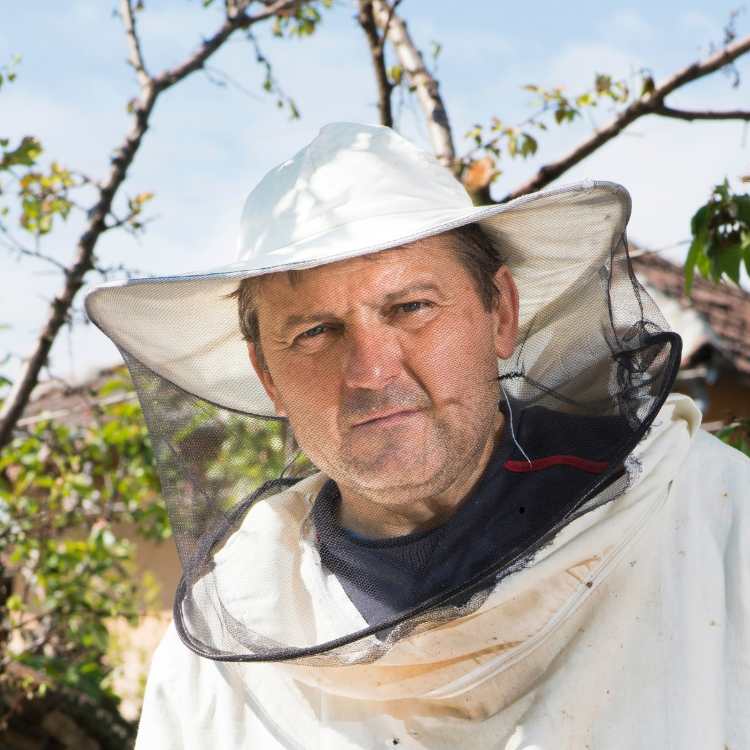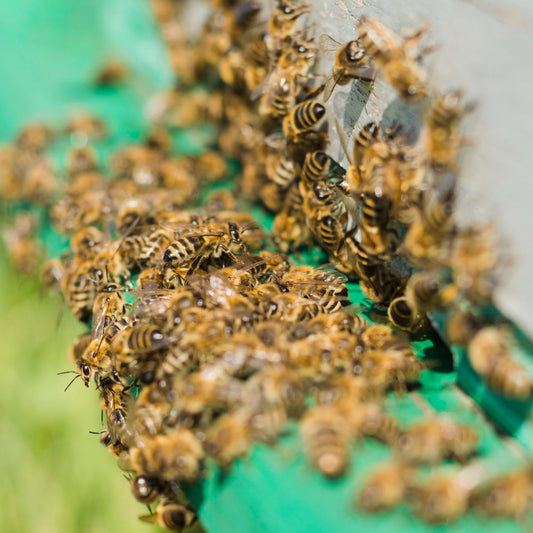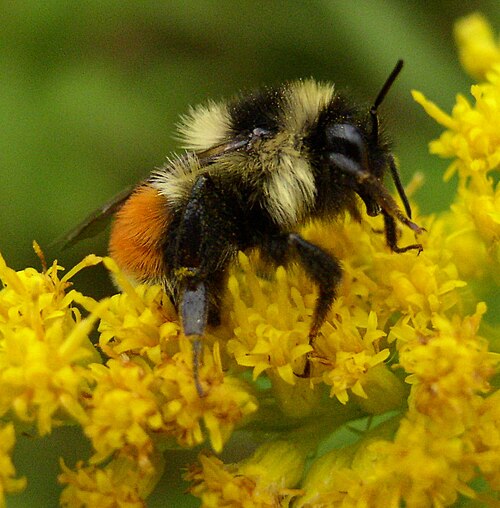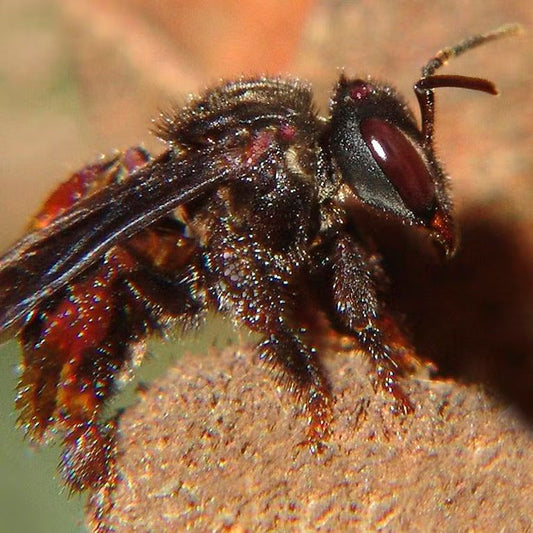Dazzling around deep in the rainforests of South and Central America, a group of bees goes about its work. These are the orchid bees. Members of the Euglossini tribe, these bright metallic green, blue, purple and gold bugs are unlike any other pollinators in the world. With their extraordinary hues, long tongues and a lifestyle that revolves around collecting scents, orchid bees are as fascinating as they are important to their ecosystems.
The jewel like pollinators of the tropics
Most species of orchid bees are found from Mexico down to southeastern Brazil. They thrive in lush, humid forests where exotic orchids bloom. And like their name, orchids are the choice of flower for these bees.
When thinking of bees, the first picture that comes to mind is a bright, yellow bug that most of us are familiar with. Orchid bees bear no such common resemblance. They have fewer hairs and sleep, a metallic exoskeleton that makes them look like living gemstones. While many species are bright green, others come in deep blue, brilliant red and even brassy gold. Among the different genera of orchid bees (Aglae, Eufriesia, Euglossa, Eulaema and Exaerete) some have a stocky, bumblebee like body while others are more slender and delicate.
Perhaps the most striking feature of orchid bees apart from their stunning colors is their super long tongue. Some species come with tongues that can be twice as long as the bee’s body. A long tongue comes with its own set of advantages. This allows orchid bees to feed on nectar deep inside flowers that other pollinators simply cannot.

Nature’s perfume collectors
While orchid bees look dramatic, they are just another pollinator. What truly sets orchid bees apart is their unique relationship with bees. While most bees gather pollen and nectar, male orchid bees are obsessed with scent. Male orchid bees visit specific orchids not to feed but to collect aromatic compounds produced by flowers. Using special hairs on their front legs, male orchid bees scrape up the fragrances and store them in specialized pockets on their hind legs. Over time, this builds up a personal perfume blend, curated from a careful blend of various flowers, tree resins, and even fungi.
But why? While the exact reason is still shrouded in mystery, many experts believe that it plays a very crucial role in attracting mates. Males will gather in specific locations called leks where they hover, release their collected scents, and perform aerial displays. The female then appears to choose their mates based on these perfumes. Males with the most complex and alluring blends are most likely to be chosen. This makes orchid bees one of the very few insect species known to use scent for courtship.

The relationship with orchids
Orchids have evolved with these bees. The flowers have developed specialized mechanisms to ensure pollination like alluring male orchid bees with their fragrance. In some cases, the process looks almost theatrical. Take the bucket orchid for example. The flower has a trap structure where bees are drawn by the scent and slip into a water filled basin. Once the bee is trapped, the only way out is a tight funnel that forces the bee to squeeze through. On its way out, the flower sticks a pollen packet on its back. Once the orchid bee is free from the track, it makes its way to another orchid of the same species. When it lands, the pollen transfer is complete.
Quite an elaborate scheme but it works beautifully.

Orchid bees in the US
Although orchid bees are native to the tropics, one species has made its way into the US. Euglossa viridissima, a bright green orchid bee that has made parts of Florida their home. The first sightings of the species were back in the early 2000s, now, it thrives in urban gardens and wild areas. Why they came is still unclear. Possibly through orchid trade. However, their steady rise in population suggests that they are here to stay.
Other solitary sightings in other states also indicate that other orchid bees could soon expand their range in the future. Whether this will have any ecological impact is still not determined but their presence is a reminder of how adaptable these creatures can be.
The future ahead
Like many rainforest species, orchid bees too face a huge threat from habitat loss and climate change. Plus their dependence on specific orchid species adds up to their vulnerability. When forests are cleared, both bees and their flower partners suffer. Conservation efforts aimed at protecting tropical forests could benefit not just orchid bees but entire ecosystems.
Think of them as not just key pollinators for orchid species but also other flowers. Their health and diversity are integral to the rainforest flora. The beauty and fascinating behaviors make them a symbol of the hidden wonders that rainforests hold- and a reminder of what we stand to lose if these habitats disappear. Nature’s perfume collectors and essential players in one of nature’s most intricate partnerships, these jewel like bees continue to dazzle scientists and nature lovers alike.
Learning about different types of bees can be super fun. Want to learn more? Follow our complete blog here for more stories.




